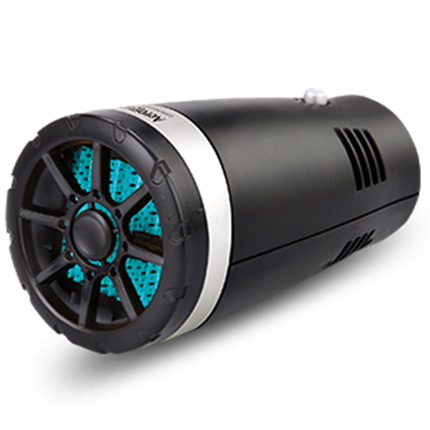Throttle Cable Replacement for Weed Eater Trimmers and Outdoor Equipment Maintenance
Understanding Weed Eater Throttle Cables A Comprehensive Guide
When it comes to maintaining your garden or lawn, a weed eater (also known as a string trimmer) is an invaluable tool. A crucial component of this equipment is the throttle cable, which controls the engine's speed and performance. Understanding how this component works, its importance, and how to troubleshoot common issues can help you optimize the functionality of your weed eater.
The Function of the Throttle Cable
The throttle cable is a thin wire that connects the throttle lever on the handle of the weed eater to the carburetor. When you squeeze the throttle lever, it pulls on the cable, which then opens the carburetor's throttle valve. This action allows more air and fuel to enter the engine, increasing its power and speed. Conversely, when you release the lever, the cable slackens, closing the throttle and reducing engine speed. The precision of this mechanism ensures that you can easily control the power output of your weed eater, allowing for efficient trimming and edging.
Importance of the Throttle Cable
The throttle cable is essential for several reasons
1. Control It provides you with the ability to adjust the speed of the weed eater based on the type of vegetation you are cutting. Thicker grass and weeds may require a higher speed, while lighter trimming can be done at a lower setting.
2. Efficiency A properly functioning throttle cable ensures that the engine runs optimally, leading to better fuel efficiency and reduced wear and tear on the engine.
3. Safety Being able to control the speed of your weed eater is critical for safe operation. If the throttle becomes stuck or does not function correctly, it could result in accidents or damage to the tool.
Common Issues with Throttle Cables
Over time, throttle cables can wear out or become damaged, leading to performance issues
. Here are some common problems1. Sticking Throttle If your throttle cable becomes sticky, it could be due to dirt or debris buildup or insufficient lubrication. This can make it difficult to control the speed of the engine.
weed eater throttle cable

2. Frayed Cable A frayed or broken throttle cable can prevent the throttle from opening or closing properly, which may lead to an inability to start the engine or control its speed accurately.
3. Improper Tension If the throttle cable is too loose or too tight, it can cause erratic engine performance. Proper tension is essential for reliable operation.
Troubleshooting and Maintenance
To ensure that your weed eater's throttle cable functions correctly, regular maintenance is crucial. Here are some steps to troubleshoot and maintain your throttle cable
1. Inspect the Cable Regularly check for any signs of wear or damage. If you see fraying or any breaks, it is time to replace the cable.
2. Lubrication Apply a lubricant to the cable, as this can help reduce any sticking and ensure smooth operation.
3. Check for Debris Ensure that no grass, dirt, or debris is stuck in the throttle assembly, which can impede movement.
4. Adjust Tension If the cable feels too tight or loose, adjust it according to the manufacturer's specifications to ensure proper functioning.
5. Replace When Necessary If you find that cleaning or lubricating does not help, it may be necessary to replace the throttle cable entirely. This is usually a straightforward task that can be done with basic tools.
Conclusion
Understanding the role of the throttle cable in your weed eater is key to maintaining its performance and extending its lifespan. Regular inspection and maintenance will help you prevent common issues that can impede your trimming tasks. By taking care of this vital component, you can ensure your weed eater runs smoothly, allowing you to achieve a well-manicured lawn with ease. Remember, a little care goes a long way in keeping your tools in top condition!
-
Workings of Clutch Pipe and Hose SystemsNewsJun.04,2025
-
The Inner Workings of Hand Brake Cable SystemsNewsJun.04,2025
-
The Secrets of Throttle and Accelerator CablesNewsJun.04,2025
-
The Hidden Lifeline of Your Transmission Gear Shift CablesNewsJun.04,2025
-
Demystifying Gear Cables and Shift LinkagesNewsJun.04,2025
-
Decoding Clutch Line Systems A Comprehensive GuideNewsJun.04,2025
